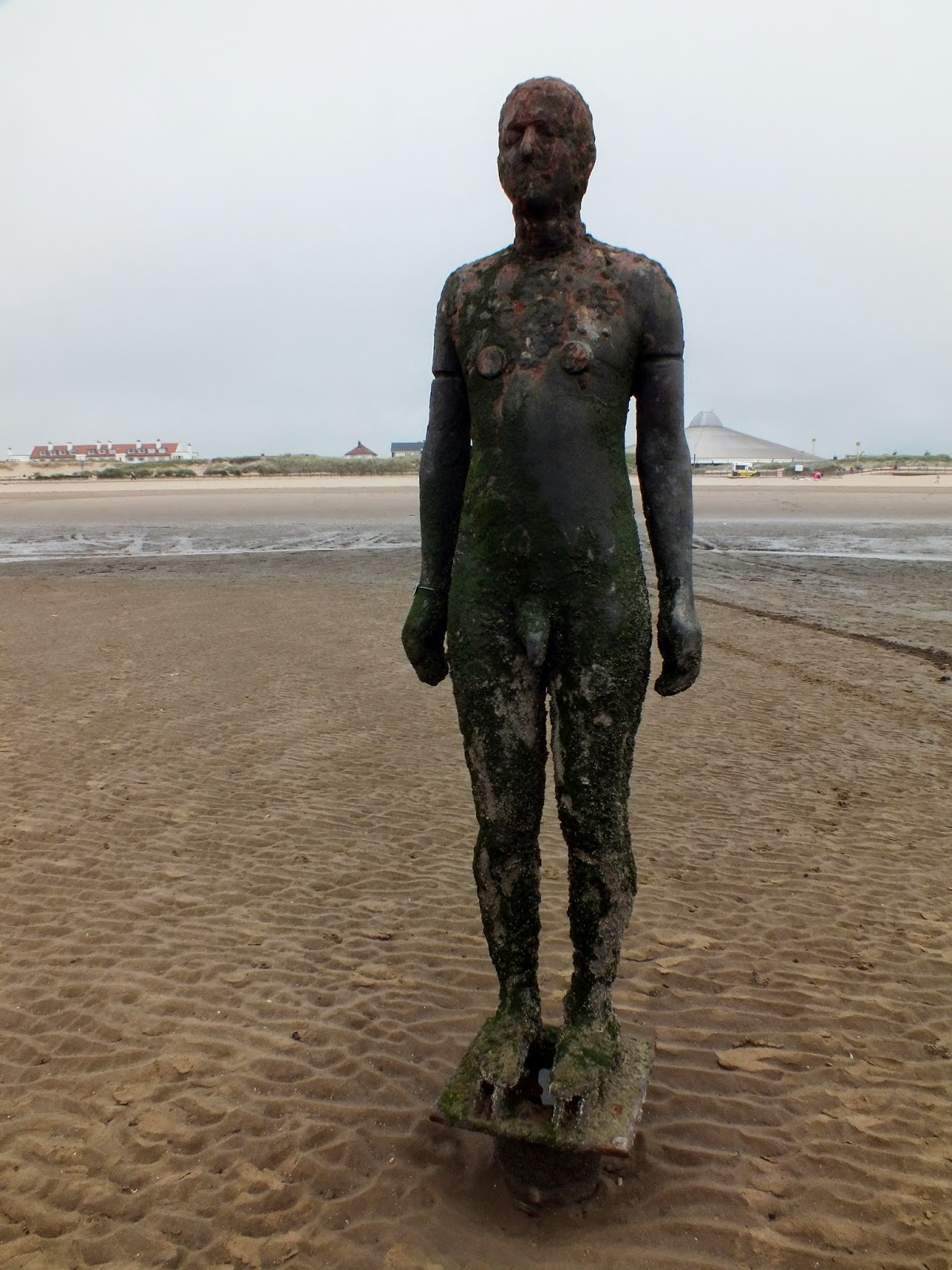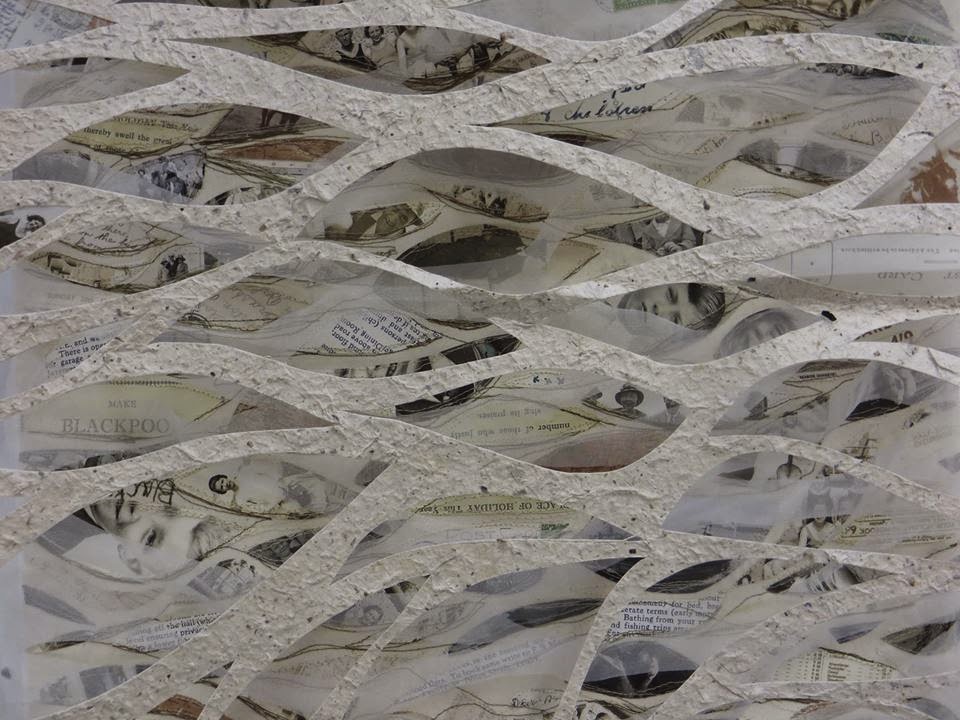1. Denby Dinnerware: A Firm Favourite.
Denby Pottery was established in 1809 in Derbyshire, and have since been producing outstanding pieces for over 200 years. Denby tableware has a fantastic, rich heritage, they also use locally sourced clay for their creations. Their pieces are durable and most importantly, beautifully British.
Denby Pottery was established in 1809 in Derbyshire, and have since been producing outstanding pieces for over 200 years. Denby tableware has a fantastic, rich heritage, they also use locally sourced clay for their creations. Their pieces are durable and most importantly, beautifully British.
2. Hunter Wellies: Reminiscent of days with the ponies.
Hunter is a British heritage brand renowned for its original boot. Established in 1856, this brand has had a rich history – including commissions for soldiers’ boots from the War Office in both World War One and Two. Most of my teenage years were spent at the farm with my sorely-missed Polly and Sherry, in a pair of classic green Hunter boots.
Hunter is a British heritage brand renowned for its original boot. Established in 1856, this brand has had a rich history – including commissions for soldiers’ boots from the War Office in both World War One and Two. Most of my teenage years were spent at the farm with my sorely-missed Polly and Sherry, in a pair of classic green Hunter boots.
3. Emma Bridgewater:
Emma Bridgewater's brand began in 1985. At the factory in Stoke-on-Trent, local clay is used and most of the work is still done by hand. This brand have unique recognisable forms and prints and have filled a gap between decorative and functional. I'm lucky enough to own a personaised Emma Bridgewater teapot, which was a 21st gift from my Dad.
Emma Bridgewater's brand began in 1985. At the factory in Stoke-on-Trent, local clay is used and most of the work is still done by hand. This brand have unique recognisable forms and prints and have filled a gap between decorative and functional. I'm lucky enough to own a personaised Emma Bridgewater teapot, which was a 21st gift from my Dad.
4. Wedgwood:
Over 250 years of history make Wedgwood one of England’s most iconic brands. During this time Wedgwood have catered for royalty as well as average families all over the world. Wedgwood tableware is classic and will stand the test of time – truly inspiring.
Over 250 years of history make Wedgwood one of England’s most iconic brands. During this time Wedgwood have catered for royalty as well as average families all over the world. Wedgwood tableware is classic and will stand the test of time – truly inspiring.
5. Burleigh:
Another historical brand. Established in 1851, Burleigh has been producing pure English ceramics for over 150 years. Their blue and white surface pattern is iconic and for me, screams British.
Another historical brand. Established in 1851, Burleigh has been producing pure English ceramics for over 150 years. Their blue and white surface pattern is iconic and for me, screams British.
6. Cambridge Satchels:
The Cambridge Satchel Company was founded in 2008 in Cambridge, England. They are durable and timeless and remind me of bygone times.
The Cambridge Satchel Company was founded in 2008 in Cambridge, England. They are durable and timeless and remind me of bygone times.
7. Flux Stoke-on-Trent:
Flux is an innovative ceramic design company and joint venture with Staffordshire University. This group of designers are a breath of fresh air and are aiming to revitalise the UK’s ceramic industry. Traditional blue and white with contemporary touches, I just love it.
Flux is an innovative ceramic design company and joint venture with Staffordshire University. This group of designers are a breath of fresh air and are aiming to revitalise the UK’s ceramic industry. Traditional blue and white with contemporary touches, I just love it.
8. Jack Wills “Fabulously British”:
Jack Wills began in Devon in 1999. They design heritage inspired clothing and accessories inspired by our history, tradition, culture and everything “Fabulously British.”
Jack Wills began in Devon in 1999. They design heritage inspired clothing and accessories inspired by our history, tradition, culture and everything “Fabulously British.”
9. Bird’s Custard: Tea time at Grandma’s.
This custard made the Bird’s brand famous. Since 1837, Bird’s custard has been loved by generation after generation and was also supplied to our armed forces in World War One. This brand is reminiscent of Sunday dinners at my Grandma’s house.
This custard made the Bird’s brand famous. Since 1837, Bird’s custard has been loved by generation after generation and was also supplied to our armed forces in World War One. This brand is reminiscent of Sunday dinners at my Grandma’s house.
10. Clare Hillerby:
A local jeweller, based at Manchester Craft and Design Centre. Her one-off pieces are made using discarded ephemera and are simply beautiful.
A local jeweller, based at Manchester Craft and Design Centre. Her one-off pieces are made using discarded ephemera and are simply beautiful.
11. Pimms:
Another traditional British favourite and it all began with a farmer’s son in Kent. A classic, British summer-time treat and most importantly, it is delicious.
Another traditional British favourite and it all began with a farmer’s son in Kent. A classic, British summer-time treat and most importantly, it is delicious.
12. Cath Kidston:
Wonderfully British, based on country traditions, childhood and nostalgia. Buying something from this brand is always heart-warming and the shops, the products and the even the packaging simply make me happy.
Wonderfully British, based on country traditions, childhood and nostalgia. Buying something from this brand is always heart-warming and the shops, the products and the even the packaging simply make me happy.
13. Katie Almond Ceramics: My ultimate inspiration.
Made in Leicester, Katie Almond’s range features quirky cast porcelain pieces, which she uses as a canvas for painting, illustrating and collaging. Katie’s work celebrates what it is to be British, drawing upon our wonderful history through her nostalgic themes. I am lucky enough to own one of Katie’s porcelain jugs and it will always be an item I treasure.
Made in Leicester, Katie Almond’s range features quirky cast porcelain pieces, which she uses as a canvas for painting, illustrating and collaging. Katie’s work celebrates what it is to be British, drawing upon our wonderful history through her nostalgic themes. I am lucky enough to own one of Katie’s porcelain jugs and it will always be an item I treasure.
Here are some links which will give you more information about some of these British brands:
Denby - Made In England Story
Hunter Boots - The Story So Far
Cath Kidston - The Story So Far
Wedgwood Heritage
Katie Almond - About
Emma Bridgewater - Our Story
Burleigh History
Cambridge Satchel Company - Our Story
Denby - Made In England Story
Hunter Boots - The Story So Far
Cath Kidston - The Story So Far
Wedgwood Heritage
Katie Almond - About
Emma Bridgewater - Our Story
Burleigh History
Cambridge Satchel Company - Our Story









































